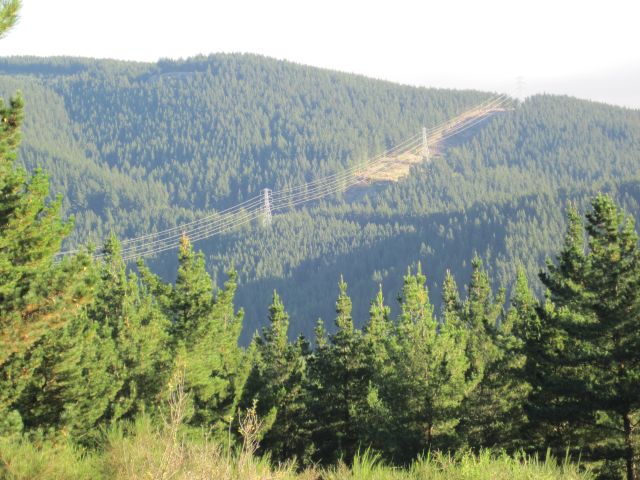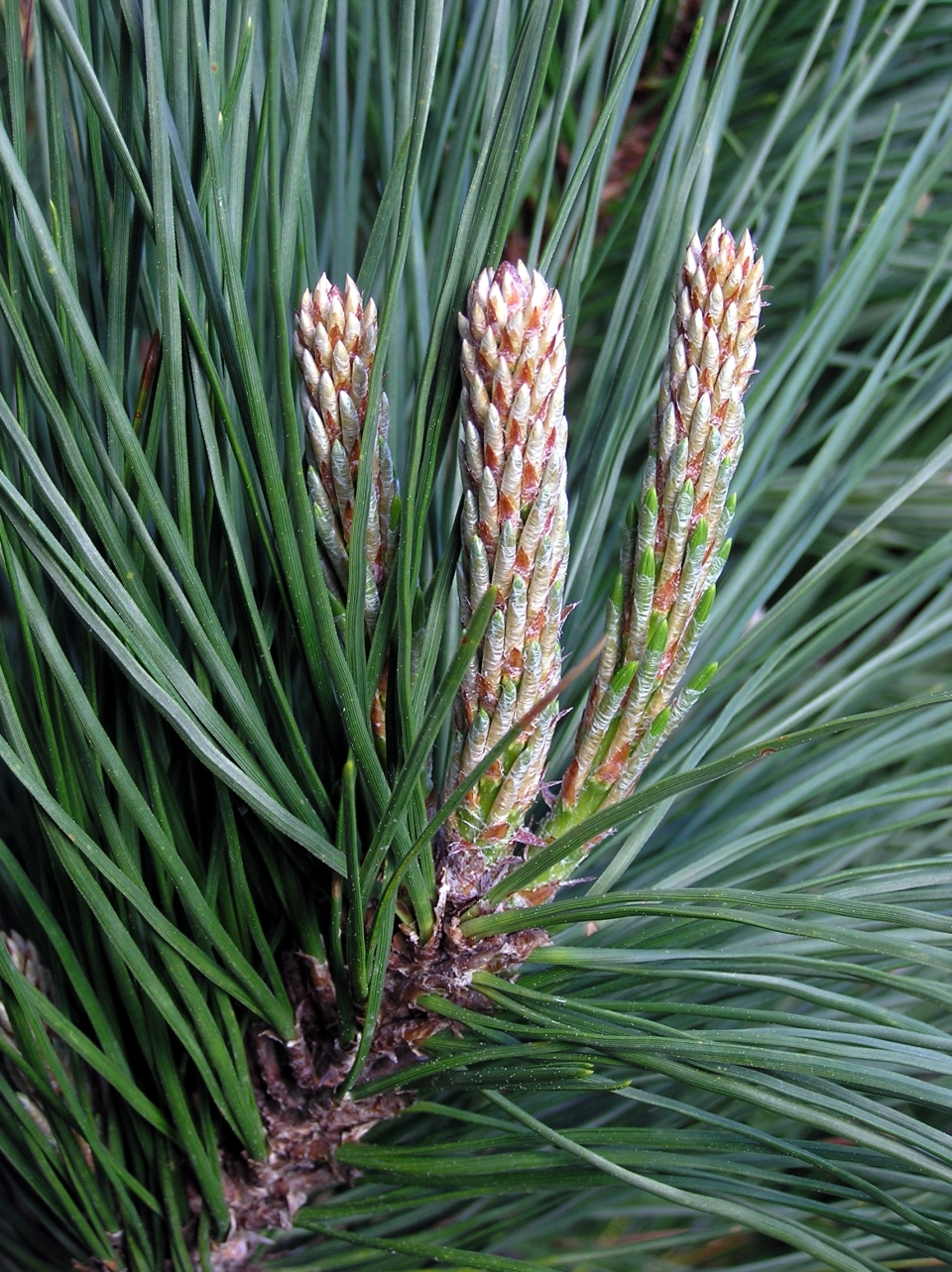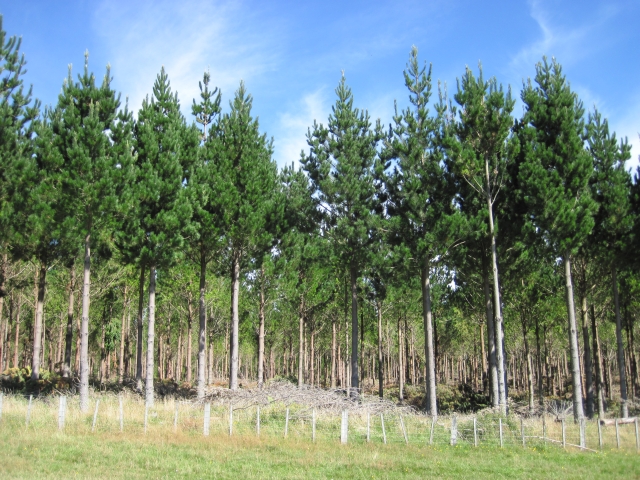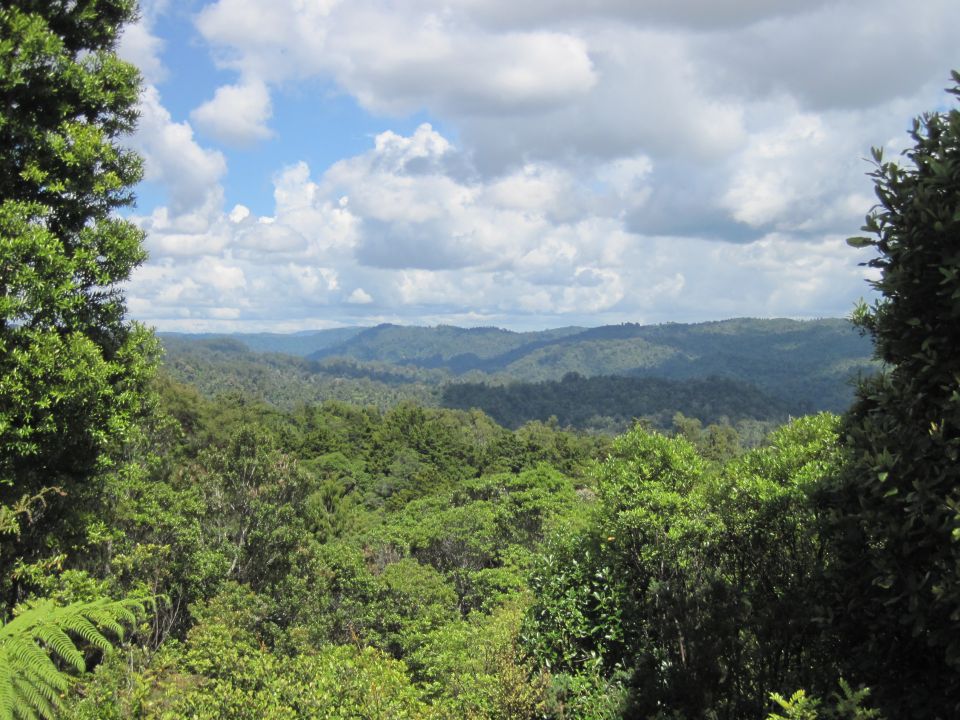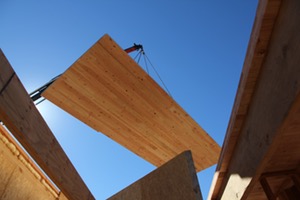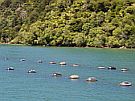New Zealand’s native forests were once logged for wood. By the early 1900s, the government realised that to have enough wood in the future, they would need to plant new forests. Native forests support a high level of biodiversity and native logging was banned in the year 2000. Native trees can now only be logged on private land if it can be shown to be sustainable.
Native trees grow to maturity very slowly and so native forests don’t recover quickly after being cut down. To make sure there would be enough wood in future, researchers tested fast-growing exotic trees - trees from overseas. Exotic trees were also easier to grow than native trees. Different trees were grown such as:
- Eucalyptus
- larch
- Douglas fir
- different kinds of pine trees, including radiata pine.
Radiata pine trees were found to be the best for planted forests, because they grow fast and their wood can be used for many different purposes.
Wood chips, whole logs, lumber and paper products are exported from New Zealand.
Forest research
Forestry researchers look for ways to support the forestry industry. Their work includes;
- studying the way forests grow
- experimenting with new methods of planting and caring for trees
- finding ways to make trees grow bigger and faster
- stopping insects or diseases from damaging the plants
- inventing new machines to plant, prune and cut down trees, and process the wood
- developing new wood products, including different kinds of fuels to run factories, heat schools and power cars.
Benefits of forestry 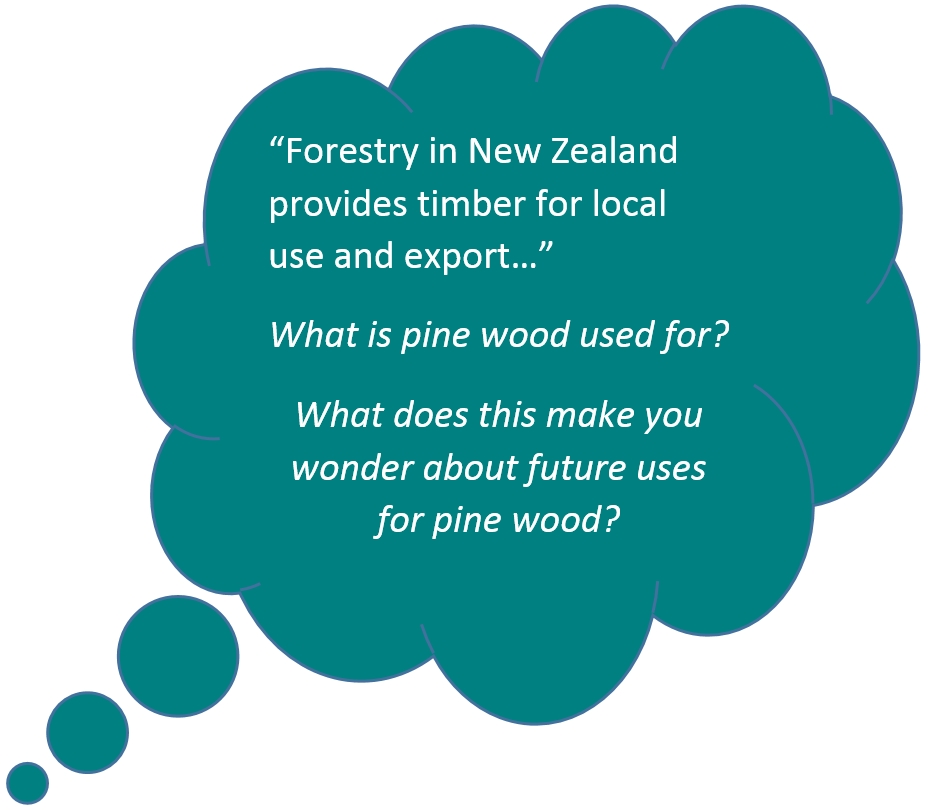
Researchers have found that plantation forests can:
- make the soil more fertile
- improve the quality of water in nearby rivers and streams
- make land more stable
- help reduce greenhouse gases by absorbing carbon dioxide from the atmosphere.
Making the most from wood
During this field trip, you will visit a Nelson forestry processing site and see how they create large structural building panels, which are made from solid radiata pine boards glued together in layers. These panels are very strong, can be made to measure, and delivered directly to the building site allowing a faster build.


